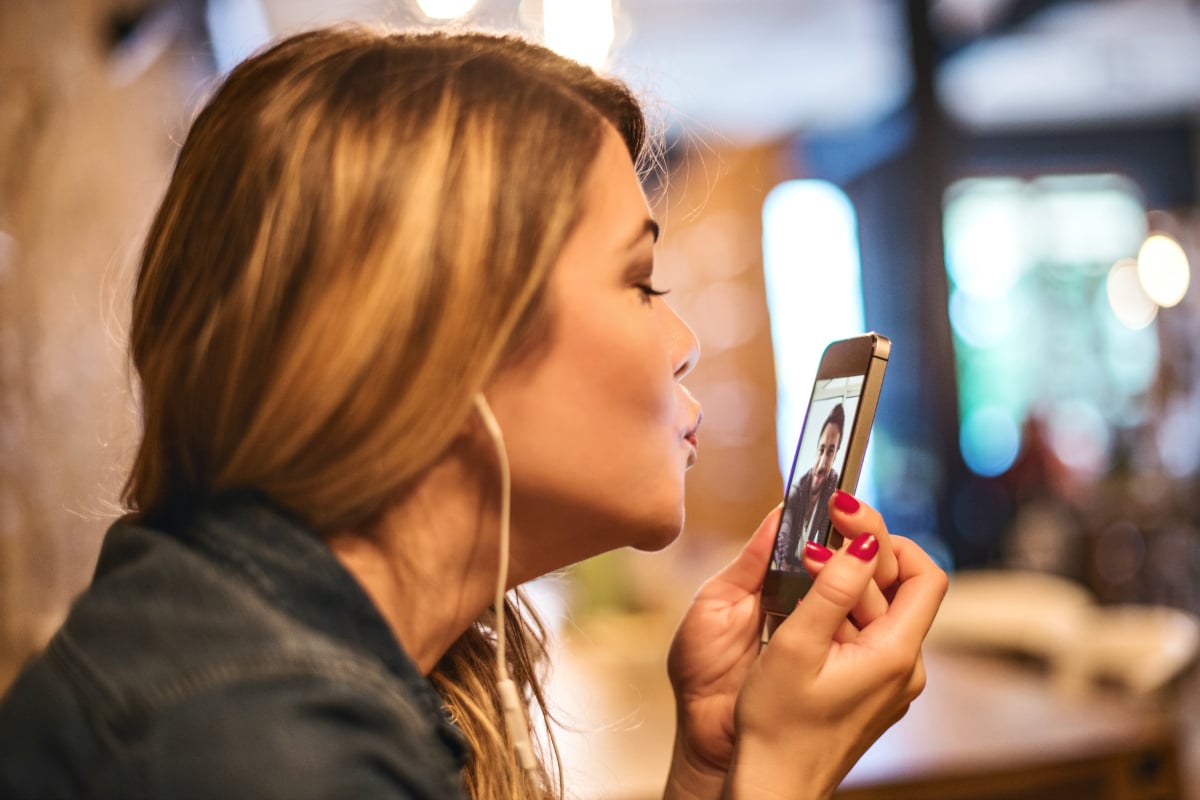
Psychotherapist and couples counselor Melissa Ferrari knows what long-distance relationships feel like. Not just through the stories of her clients, but because she’s been in one.
She and her now-husband of three years met eight years ago via online dating.
“When we met, we had five years of distance in our relationship,” she told Mamamia. “He lived three hours away, and so that meant that we could only see each other on the weekends. And that meant a lot of good things. But it also had some downsides as well.”
Those ‘good things’ can be especially so for a new relationship, she said: “There’s something about having that distance that means you’ve got be able to be really good conversationalists… And so it tends to take that real physical element out of it, and it gives you the opportunity to really get to know each other. Also, because you’re talking a lot, you have the excitement of seeing each other on the weekends, and excitement in any relationship – particularly in the beginning – is good, because it helps with that bonding process.”
But for some couples who find themselves suddenly separated due to work, or family, or studies – whatever it may be – it can be far less… exciting.
Here, Melissa offers her advice for overcoming the key challenges of long-distance relationships.
Starting a long-distance relationship.
Deciding to enter a long-distance relationship requires “mutual collaboration”, Melissa said. That might mean agreeing that it’s something you have to do for the benefit of your finances, for example.
